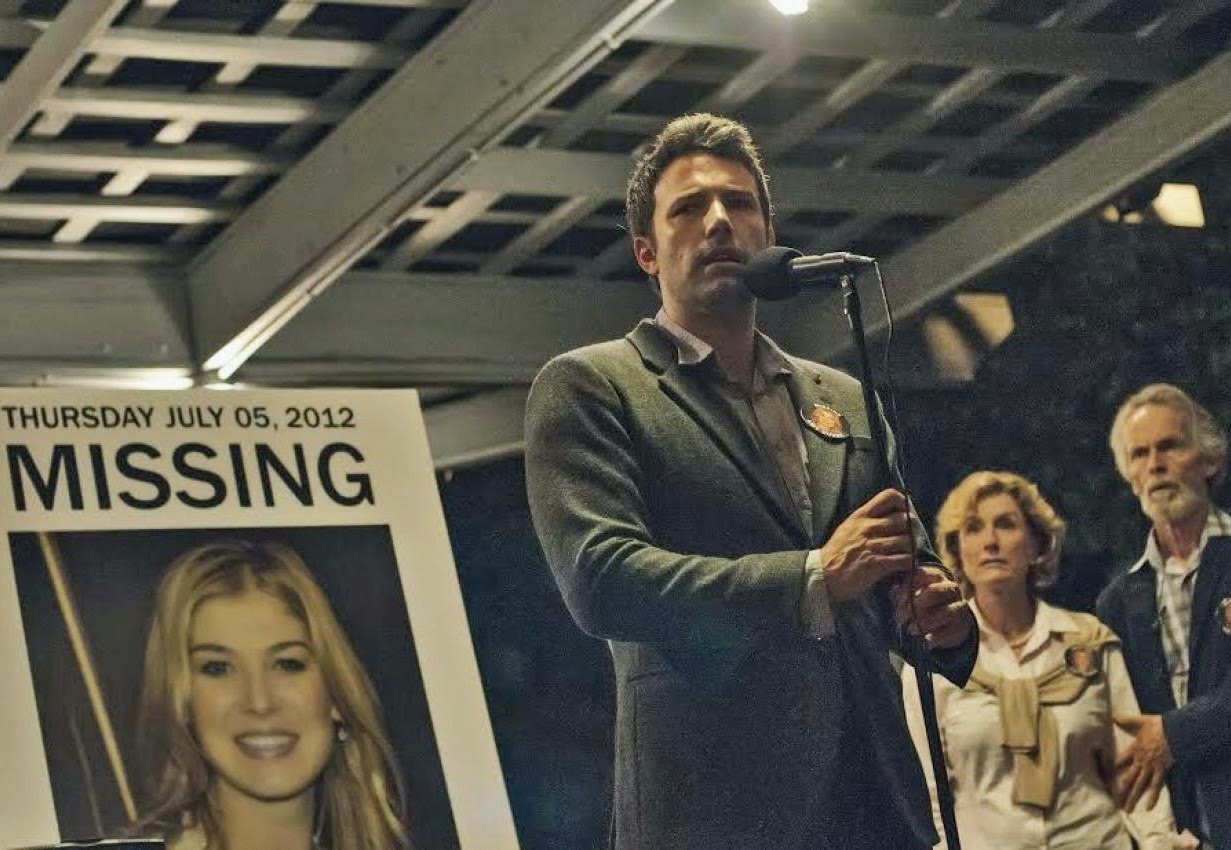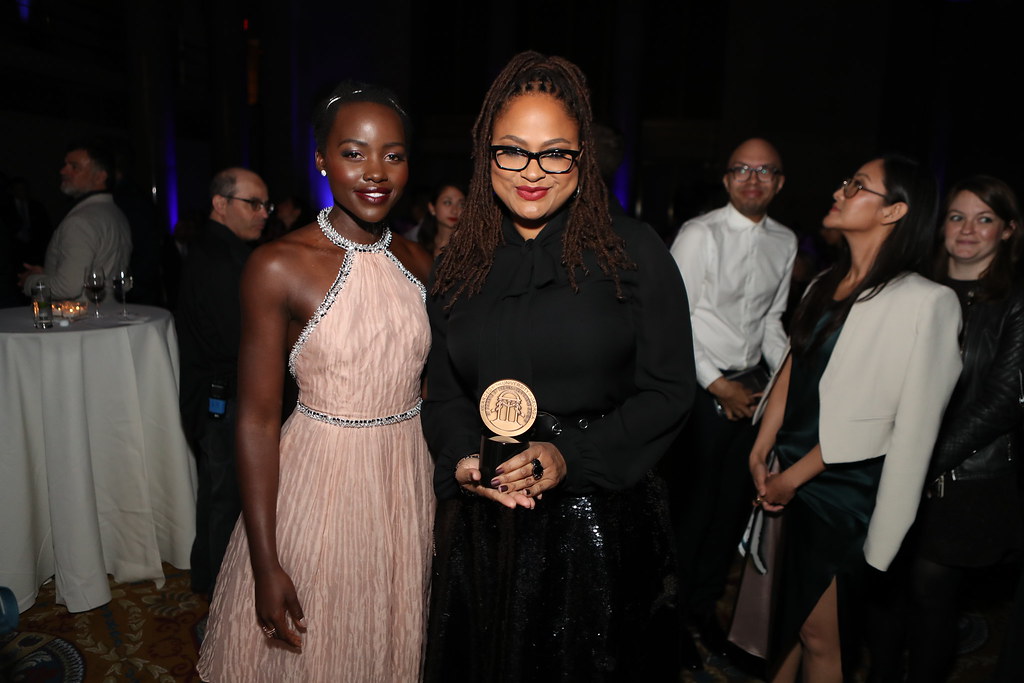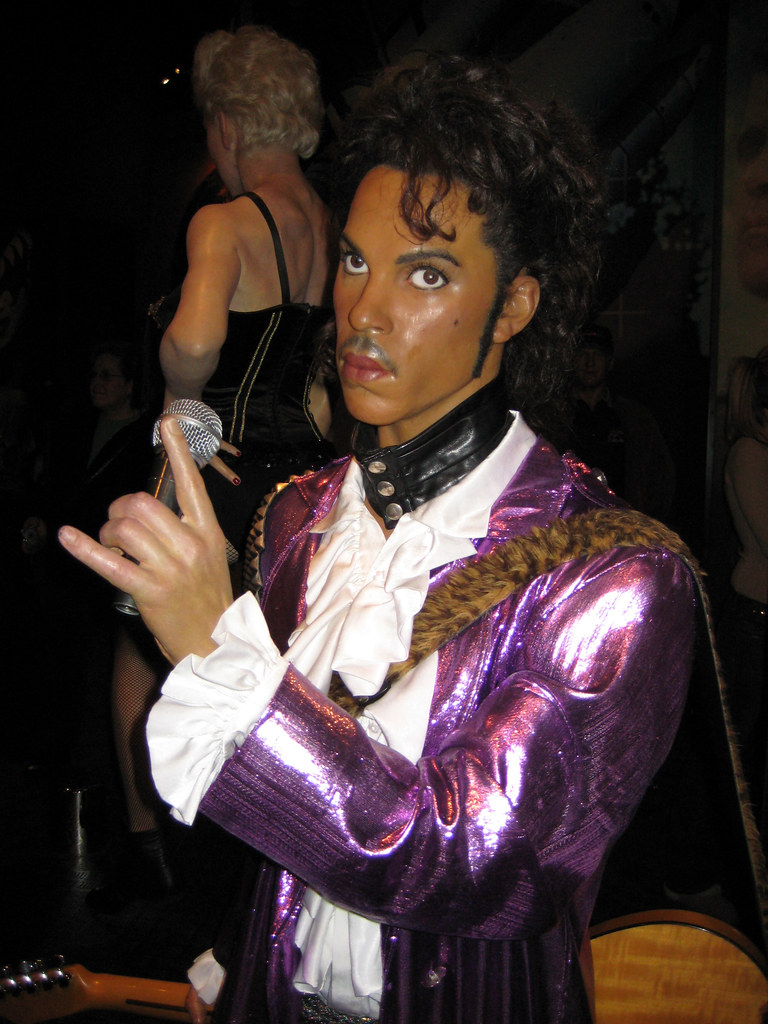
Prince Rogers Nelson, an American singer, musician, songwriter, and actor, remains an indelible figure in global music history. Hailed by Billboard magazine as “the greatest musical talent of his generation,” Prince captivated audiences with his flamboyant, androgynous persona, an extraordinary vocal range, and unparalleled skill as a multi-instrumentalist. His profound influence stemmed from his innovative fusion of diverse musical styles—funk, disco, R&B, rock, new wave, soul, synth-pop, pop, jazz, blues, and hip hop—into the unique Minneapolis sound, which he largely pioneered through self-production.
Born and raised in Minneapolis, Prince’s journey from a young musical prodigy to an international superstar is a testament to his relentless creativity and uncompromising artistic vision. From his earliest compositions at age seven to his pivotal record deal with Warner Bros. Records at eighteen, his career was marked by a constant drive to push boundaries, both musically and culturally. This article will explore the foundational elements of his artistry, tracing his ascent through critical and commercial successes.
The following sections will delve into the initial chapters of Prince’s remarkable narrative, examining his formative experiences, the groundbreaking albums that established his reputation, and the monumental cultural impact of works such as *Purple Rain*. We will also consider significant, and sometimes controversial, moments that shaped his public image and artistic direction during these crucial early years.
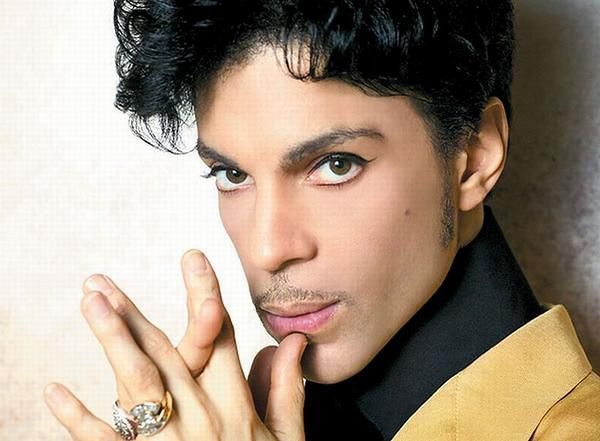
1. A Multi-Instrumental Maverick: The Genesis of a Sound
Prince Rogers Nelson, born June 7, 1958, in Minneapolis, was the son of jazz singer Mattie Della and pianist/songwriter John Lewis Nelson. His family roots traced to Louisiana, and he was paternally related to jazz drummer Louis Hayes. Named after his father’s stage name, Prince Rogers, Prince himself preferred “Skipper” in his youth, a nickname that stuck throughout his childhood.
Prince’s early life included being “born epileptic” and experiencing seizures. He recounted telling his mother, “‘Mom, I’m not going to be sick anymore,’… ‘Because an angel told me so.'” His younger sister, Tyka, also developed a keen interest in music, fostered by their father. This familial encouragement laid the groundwork for his prodigious talents, which emerged remarkably early.
At seven, Prince penned “Funk Machine.” Following his parents’ divorce at ten, he experienced instability, frequently switching homes. His stepfather, Hayward Baker, improved family finances and took Prince to see James Brown, an experience Prince credited as highly influential. After a brief period with his father, who bought him his first guitar, Prince moved into the basement of the Anderson family, befriending Andre Anderson (André Cymone). His formative years included testing *The Oregon Trail* game, playing sports, and receiving classical ballet training, fueling his later advocacy for dancers.
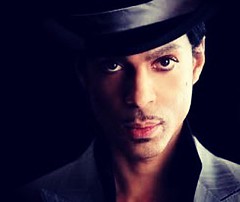
2. The Early Albums: Forging a Path to Stardom
Prince’s professional journey began in 1975, contributing guitar and co-writing “Just Another Sucker” for 94 East. This early involvement, documented in *Minneapolis Genius – The Historic 1977 Recordings*, laid a crucial foundation. After graduating from Central High School in 1976, Prince created a demo with producer Chris Moon, leading to businessman Owen Husney. Husney recognized Prince’s talent, signed him to management, and facilitated a demo at Sound 80 Studios, a pivotal step towards a record deal.
This refined demo, with a comprehensive press kit, generated significant interest from major labels, notably Warner Bros. Records. In 1977, Husney helped Prince secure a landmark contract, granting him unusual creative control for his first three albums and retaining publishing rights. This autonomy for an eighteen-year-old underscored the label’s confidence. Prince then moved to Sausalito, California, to record his debut, *For You*, released April 7, 1978.
*For You* established him as a singular artistic force, with album notes declaring he wrote, produced, arranged, composed, and played all 27 instruments. The 1979 self-titled album, *Prince*, marked a significant commercial breakthrough, going platinum with hits like “I Wanna Be Your Lover” reaching No. 1 on the Hot Soul Singles chart. His subsequent albums, *Dirty Mind* (1980), *Controversy* (1981), and the double album *1999* (1982), selling over four million copies, solidified his reputation for audacious blends of genres and ually explicit material.
Read more about: Waylon Jennings: Riding the Storm, Forging an Outlaw Legacy in Country Music
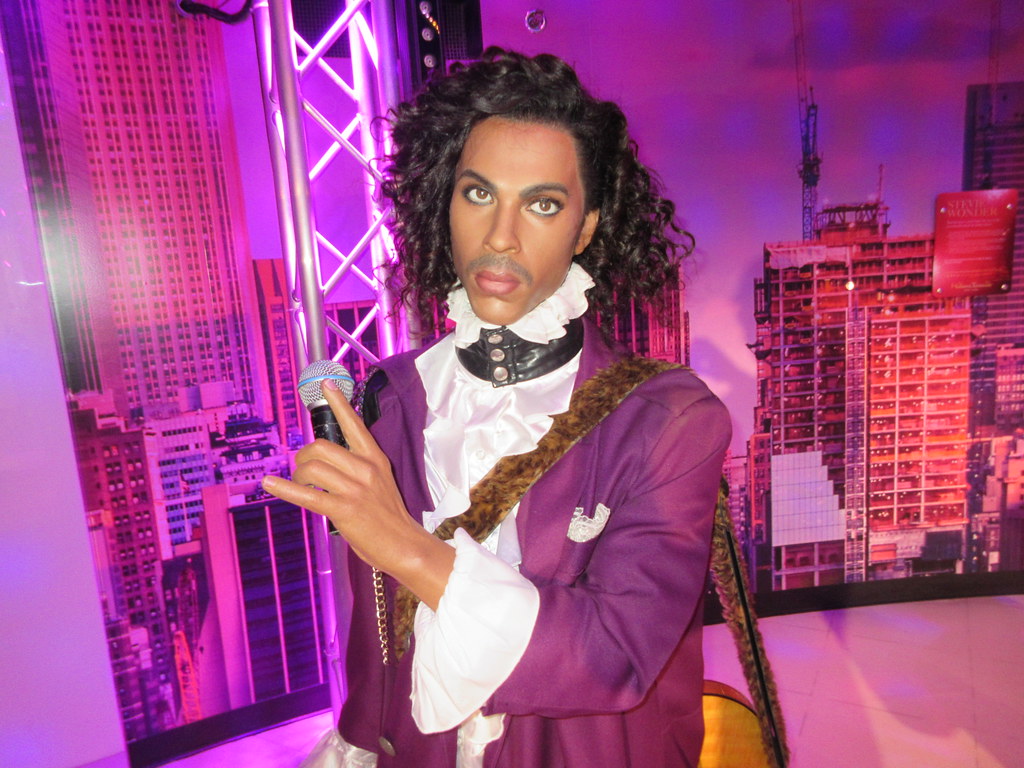
3. The *Purple Rain* Phenomenon: Cinematic and Musical Triumph
The early 1980s solidified Prince’s reputation with *Dirty Mind*, *Controversy*, and *1999*, selling over four million copies. These critically acclaimed albums featured audacious blends of genres and often ually explicit material. *1999* brought his first Grammy nomination for “International Lover” and notably featured “Little Red Corvette,” one of the first two videos by black artists in heavy rotation on MTV, challenging the network’s perceived resistance to “black music.”
The stage was impeccably set for *Purple Rain*, a cultural juggernaut. According to former manager Bob Cavallo, Prince insisted on a major motion picture deal. This materialized into the 1984 film *Purple Rain*, loosely autobiographical and starring Prince alongside The Revolution. The soundtrack, also titled *Purple Rain*, swiftly became a global sensation, spending six consecutive months atop the US Billboard 200 chart.
The *Purple Rain* album sold over 13 million copies in the US, ranked 8th in Rolling Stone’s “500 Greatest Albums of All Time.” Its singles, “When Doves Cry” and “Let’s Go Crazy,” both hit No. 1. The film grossed $70.3 million worldwide and earned Prince an Academy Award for Best Original Song Score. Most astonishingly, Prince became the first singer in 1984 to simultaneously have a number-one film, album, and single in the US, cementing his status as a multifaceted superstar.
Read more about: Prince Rogers Nelson: The Architect of Sound – A Comprehensive Journey Through the Life and Enduring Legacy of a Musical Icon
4. Beyond *Purple Rain*: Evolution and Experimentation
Following *Purple Rain*’s monumental success, Prince continued to evolve, signaling a shift in his public approach. In 1985, he unexpectedly announced he would discontinue live performances and music videos after his next album, *Around the World in a Day* (1985). This declaration, at the peak of his popularity, underscored his unpredictable artistic spirit. The album proved his creative momentum undiminished, holding the No. 1 spot on the Billboard 200 for three weeks, with singles like “Raspberry Beret” reaching No. 2 on the Hot 100.
In 1986, Prince released *Parade*, serving as the soundtrack for his second film, *Under the Cherry Moon*. The album reached No. 3 on the Billboard 200 and produced the iconic single “Kiss,” which soared to No. 1 on the Billboard Hot 100. “Kiss” was notably written for a side project, Mazarati, showcasing Prince’s prolific songwriting. That same year, “Manic Monday,” a Prince-penned track recorded by The Bangles, also hit No. 2 on the Hot 100.
However, *Under the Cherry Moon*, directed by and starring Prince, proved a critical and commercial disappointment, receiving Golden Raspberry Awards for Worst Picture, Director, Actor, and Original Song. Despite this, the *Parade* album achieved platinum status, selling two million copies. Some critics later re-evaluated *Under the Cherry Moon* as a cult classic. After the Hit n Run – Parade Tour, Prince disbanded The Revolution, preceding further musical transformations.
Read more about: The Indelible Reign of Prince: A Forbes Retrospective on the Musical Genius, Financial Acumen, and Cultural Impact of an Icon
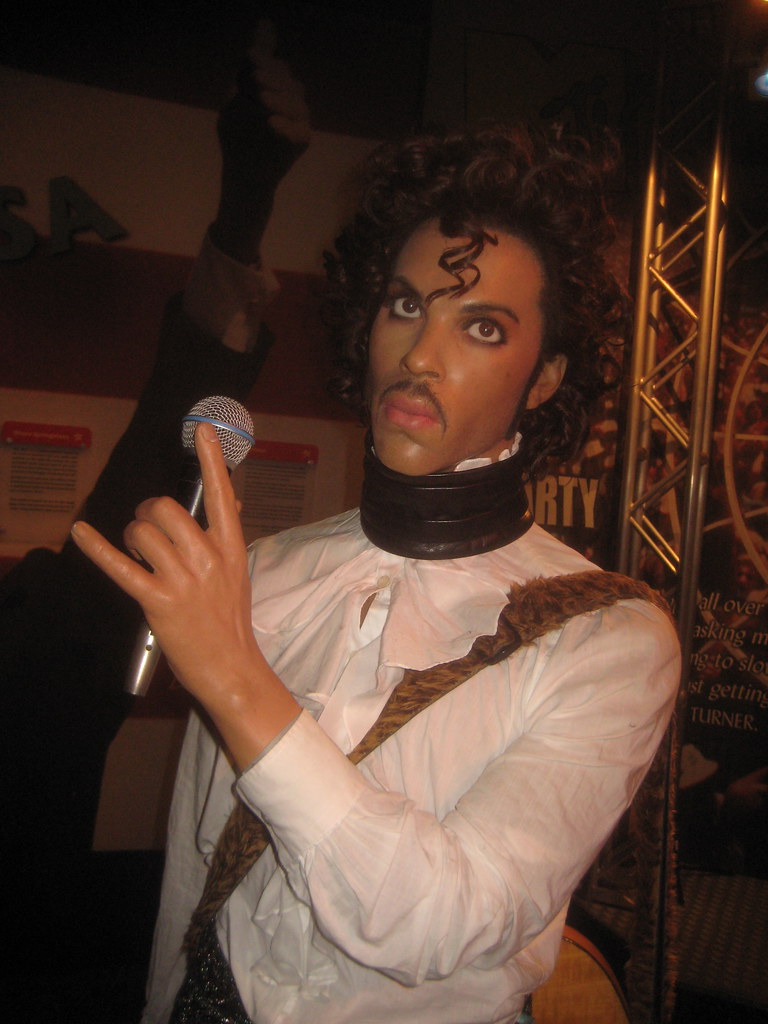
5. The “Darling Nikki” Effect: Catalyzing Parental Advisory Labels
The phenomenon of *Purple Rain* was not without controversy, and one track, “Darling Nikki,” inadvertently shaped the future of music regulation. The song profoundly provocative for mainstream 1984 audiences. This boldness was characteristic of Prince’s artistic fearlessness, placing him at the center of a national debate about content in popular music.
A significant cultural shift began when Tipper Gore, wife of then-Senator Al Gore, heard her 11-year-old daughter listening to “Darling Nikki.” Alarmed, Gore spearheaded the founding of the Parents Music Resource Center (PMRC) in 1985. The organization’s primary objective was to advocate for mandatory warning labels on records deemed unsuitable for minors, swiftly gaining traction and initiating a public dialogue about artistic freedom versus parental responsibility.
The PMRC’s campaign led to highly publicized Senate hearings in 1985. While initial calls were for governmental regulation, the recording industry opted for voluntary compliance, resulting in the widespread adoption of the “Parental Advisory: Explicit Lyrics” label. This ubiquitous label, stemming directly from the “Darling Nikki” controversy, became a standard feature on album covers, informing consumers about potentially explicit content.
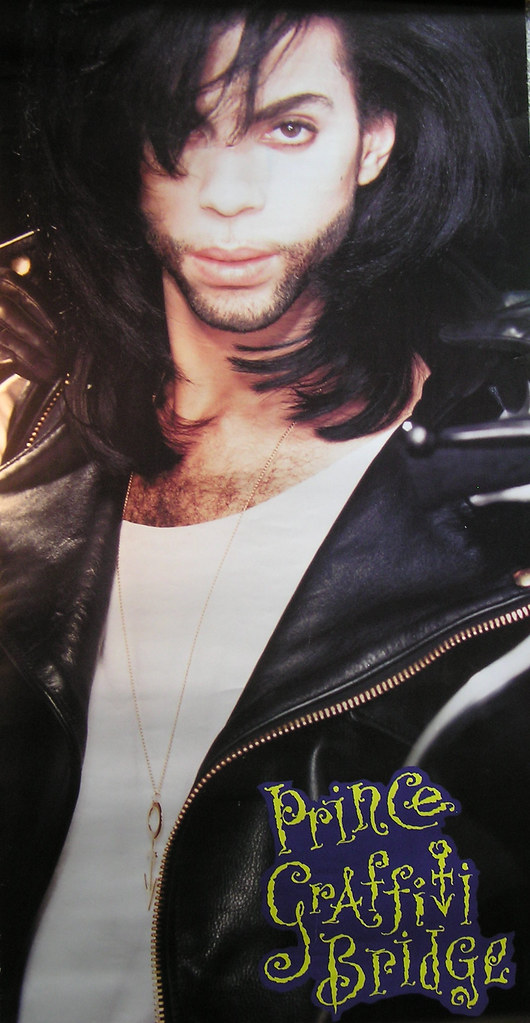
6. Sign o’ the Times: Critical Acclaim and Artistic Consolidation
Before The Revolution’s disbandment, Prince pursued two ambitious projects: the Revolution album *Dream Factory* and the solo effort *Camille*. *Dream Factory* involved significant band input and featured Wendy & Lisa’s lead vocals. *Camille* saw Prince explore a new, androgynous persona, primarily using a sped-up, female-sounding voice, showcasing his continuous experimentation.
Following The Revolution’s dismissal, Prince consolidated material from both shelved albums with new songs into a proposed three-LP album, *Crystal Ball*. This reflected his prolific output. However, Warner Bros. intervened, compelling him to trim it to a double album, ultimately released on March 31, 1987, as *Sign o’ the Times*.
*Sign o’ the Times* was met with widespread critical acclaim, hailed by many as his career’s greatest work. It peaked at No. 6 on the Billboard 200 and sold 3.2 million copies, performing strongly in Europe, where Prince toured extensively. The title track “Sign o’ the Times” charted at No. 3 on the Hot 100, while “U Got the Look” (with Sheena Easton) reached No. 2, solidifying the album’s landmark status.
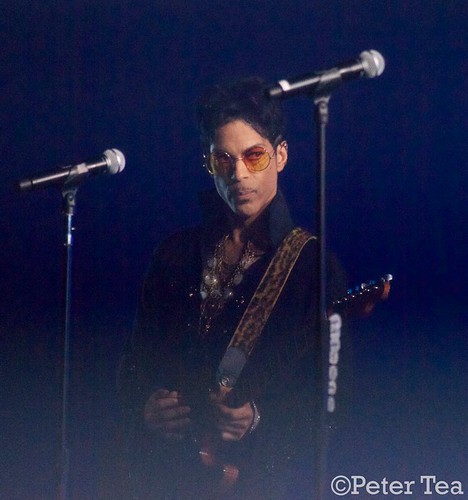
7. The Black Album and Lovey: Spiritual Counterpoints
Following the critical triumph of *Sign o’ the Times* and its extensive European tour, Prince continued his prolific output with a proposed project titled *The Black Album*. This release was notably more instrumental, deeply steeped in funk and R&B, and marked his initial experimentation with hip hop influences on tracks such as ‘Bob George’ and ‘Dead on It’. In an unexpected turn, after approximately 500,000 copies had already been pressed, Prince experienced a spiritual epiphany, leading him to believe the album was ‘evil’, and he promptly ordered its recall. This bold decision underscored his deep connection between his artistic output and his personal convictions, though the album would later receive a limited official release in 1994.
In response to this spiritual shift, Prince swiftly returned to the studio, recording *Lovey* over an intensive eight-week period. Released on May 10, 1988, *Lovesexy* was conceived as a spiritual counterpoint to the dark themes of *The Black Album*. The album primarily showcased Prince’s solo artistry, with every song being a solo effort except for ‘Eye No’, which featured his then-backing band. It achieved a respectable No. 11 position on the Billboard 200 and No. 5 on the R&B albums chart, with the lead single ‘Alphabet St.’ peaking at No. 8 on the Hot 100 and selling 750,000 copies.
The subsequent *Lovey World Tour* saw Prince embark on a significant global undertaking, comprising three legs and 84 shows. Although these performances were met with considerable enthusiasm and ‘well-received by huge crowds’, they ultimately ‘failed to make a net profit due to the expensive sets and props’. This outcome highlighted Prince’s commitment to elaborate and immersive stage productions, even when faced with significant financial implications, further cementing his reputation as an artist whose vision often superseded commercial considerations.

8. From Batman to Graffiti Bridge: Hollywood Ventures and Band Changes
Prince’s influence extended beyond his own projects in the late 1980s, notably through a collaboration with pop icon Madonna. In 1989, he contributed to her studio album *Like a Prayer*, co-writing and performing the duet ‘Love Song’. Furthermore, he played uncredited electric guitar on several other tracks, including ‘Like a Prayer’, ‘Keep It Together’, and ‘Act of Contrition’. This collaboration demonstrated his versatility and willingness to lend his distinctive musicality to other high-profile artists, showcasing his pervasive presence in the music industry.
That same year, Prince was approached by *Batman* (1989) director Tim Burton to create music for the upcoming live-action adaptation. Prince immersed himself in the project, producing an entire nine-track album that Warner Bros. released on June 20, 1989. The *Batman* soundtrack proved to be a massive commercial success, peaking at No. 1 on the Billboard 200 and selling 4.3 million copies. Its lead single, ‘Batdance’, topped both the Billboard Hot 100 and R&B charts, with other singles like ‘The Arms of Orion’, ‘Partyman’, and ‘Scandalous!’ also performing strongly. Notably, as part of the deal, Prince had to ‘sign away all publishing rights to the songs on the album to Warner Bros.’, a detail that foreshadowed future disputes over creative control.
In 1990, Prince embarked on the *Nude Tour*, a ‘back-to-basics’ approach with a revamped band line-up that included keyboardist Rosie Gaines, drummer Michael Bland, and the dancing trio the Game Boyz (Tony M., Kirky J., and Damon Dickson). This tour, which featured a ‘short, greatest hits setlist’, proved to be a financial success across its European and Japanese legs. The shift in band personnel and tour philosophy underscored Prince’s continuous evolution as a live performer and band leader, adapting his approach to suit his artistic impulses.
As the year progressed, Prince completed production on his fourth film, *Graffiti Bridge* (1990), and its accompanying album. Warner Bros. initially hesitated to fund the film but was persuaded by Prince’s assurances that it would serve as a sequel to *Purple Rain* and would involve the original members of The Time. Despite these efforts, the film, released on November 20, 1990, was a ‘box-office flop’, grossing only $4.2 million. The album, however, performed better, reaching No. 6 on both the Billboard 200 and R&B charts, with the single ‘Thieves in the Temple’ hitting No. 6 on the Hot 100 and No. 1 on the R&B chart. The song ‘Round and Round’ notably featured teenage vocalist Tevin Campbell. Following the film and album’s release, the last remaining members of The Revolution, Miko Weaver and Doctor Fink, departed Prince’s band.
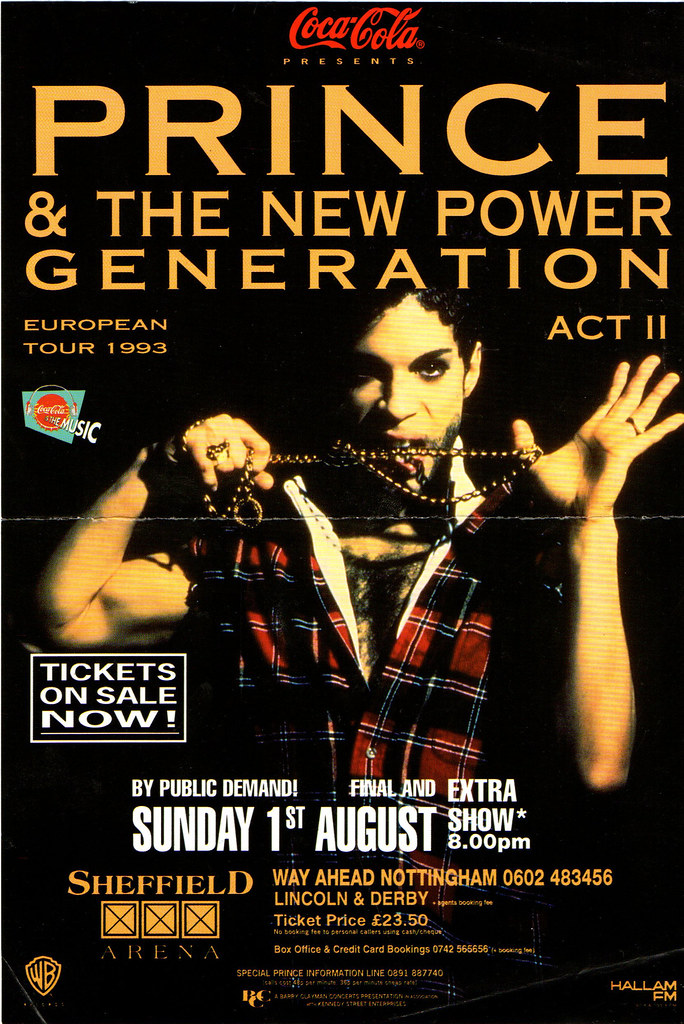
9. The New Power Generation and Label Disputes: A Name Change and Creative Control Battle
The year 1991 marked the debut of Prince’s new backing band, The New Power Generation, signalling another significant shift in his musical journey. With the departure of long-time members like guitarist Miko Weaver and keyboardist Doctor Fink, Prince brought in fresh talent, including bassist Sonny T., keyboardist Tommy Barbarella, and a brass section known as the Hornheads, alongside Levi Seacer, who transitioned to guitar. This new collective brought considerable input to the *Diamonds and Pearls* album, released on October 1, 1991. The album achieved significant commercial success, peaking at No. 3 on the Billboard 200 chart and yielding four hit singles in the United States, including ‘Cream’, which became Prince’s fifth US No. 1 single, and the popular title track ‘Diamonds and Pearls’, ‘Gett Off’, and ‘Money Don’t Matter 2 Night’. The album sold over two million copies in the US alone.
In 1992, buoyed by the success of *Diamonds and Pearls*, Prince renewed his contract with Warner Bros. in a deal reportedly valued at $100 million, committing to release six more albums with the label. His 14th studio album, released in November of that year, bore a distinctive and ‘unpronounceable symbol’ on its cover, later copyrighted as ‘Love Symbol #2’. This enigmatic symbol was explained as a fusion of the male (♂) and female (♀) symbols, reflecting Prince’s ongoing exploration of gender and identity. Preceded by singles such as ‘Sexy MF’ and ‘My Name Is Prince’, the album, retrospectively referred to as *Love Symbol*, peaked at No. 5 on the Billboard 200 and sold 2.8 million copies worldwide, though it ‘fell short of expectations’ considering his previous successes.
However, this period also marked the beginning of a fierce battle for creative control. In 1993, in ‘rebellion against Warner Bros.’, which he felt was preventing him from releasing his ‘enormous backlog of music at a steady pace’, Prince formally adopted the ‘Love Symbol’ as his stage name. This unprecedented move necessitated Warner Bros. organizing a mass mailing of ‘floppy disks with a custom font’ to enable print media to reproduce the symbol. Consequently, he became widely known as ‘the Artist Formerly Known as Prince’ or simply ‘the Artist’, a moniker that underscored his defiance against corporate constraints.
Prince intensified his efforts to free himself from his contractual obligations by accelerating the release of his music. This included allowing the previously aborted *The Black Album* to receive a limited official release seven years after its initial recording. He also pushed for the simultaneous release of his next two albums, *Come* and *The Gold Experience*. Warner Bros. approved both but delayed *The Gold Experience*, citing concerns about ‘market saturation’. In a powerful public protest against this perceived artistic servitude, Prince began making appearances with the word ‘slave’ visibly written on his face, a potent symbol of his struggle.
*The Gold Experience* was eventually released in September 1995. The album was later out of print for an extended period due to a plagiarism case related to ‘The Most Beautiful Girl in the World’ but has since been reissued on streaming platforms and physical formats. In 1996, Prince released *Chaos and Disorder* and submitted *The Vault: Old Friends 4 Sale* to Warner Bros., officially fulfilling his contract. Although *The Vault* was not released until 1999, Warner Bros. agreed to release him from his contract now that he had delivered the agreed number of albums, marking the end of a contentious chapter in his career.

10. Emancipation and Independent Ventures: Post-Warner Freedom
Freed from the extensive contractual obligations to Warner Bros., Prince embarked on a significant comeback effort later in 1996 with the ambitious release of *Emancipation*. This monumental project comprised a 36-song, three-CD set, with each disc meticulously timed to be exactly 60 minutes long. The album was distributed through his own NPG Records, in partnership with EMI, a move that clearly demonstrated his newfound independence and full creative control over his artistic output. This era also saw a shift in his publishing practices, moving from ‘Controversy Music – ASCAP’ to ‘Emancipated Music Inc. – ASCAP’, further highlighting his self-determination.
*Emancipation* was well-received commercially, earning a Platinum certification from the RIAA. Notably, the album marked a significant departure in Prince’s discography by featuring covers of other artists’ songs, a rare occurrence in his predominantly original catalog. These included popular tracks such as Joan Osborne’s 1995 hit ‘One of Us’, ‘Betcha by Golly Wow!’ (written by Thom Bell and Linda Creed), ‘I Can’t Make You Love Me’ (by James Allen Shamblin II and Michael Barry Reid), and ‘La-La (Means I Love You)’ (by Thom Bell and William Hart), showcasing his interpretive prowess.
In 1998, Prince further indulged his fans with *Crystal Ball*, a five-CD collection of previously unreleased material. However, the distribution of this highly anticipated album was not without challenges, with many fans who had pre-ordered it on his website experiencing significant delays, sometimes receiving their copies months after it became available in retail stores. The retail edition itself comprised only four discs, notably missing the *Kamasutra* disc. This prolific period also included the release of the *Newpower Soul* album three months later, alongside his collaborations on Chaka Khan’s *Come 2 My House* and Larry Graham’s *GCS2000*, all promoted through various live appearances.
By 1999, Prince made the decision to sign once again with a major label, Arista Records, to release his new record, *Rave Un2 the Joy Fantastic*. This album was followed by a celebratory pay-per-view concert, *Rave Un2 the Year 2000*, which was broadcast on December 31, 1999. The concert featured footage from his December 17 and 18 shows from his 1999 tour and included appearances by an array of guest musicians, such as Lenny Kravitz, George Clinton, Jimmy Russell, and The Time, marking a memorable close to the millennium.
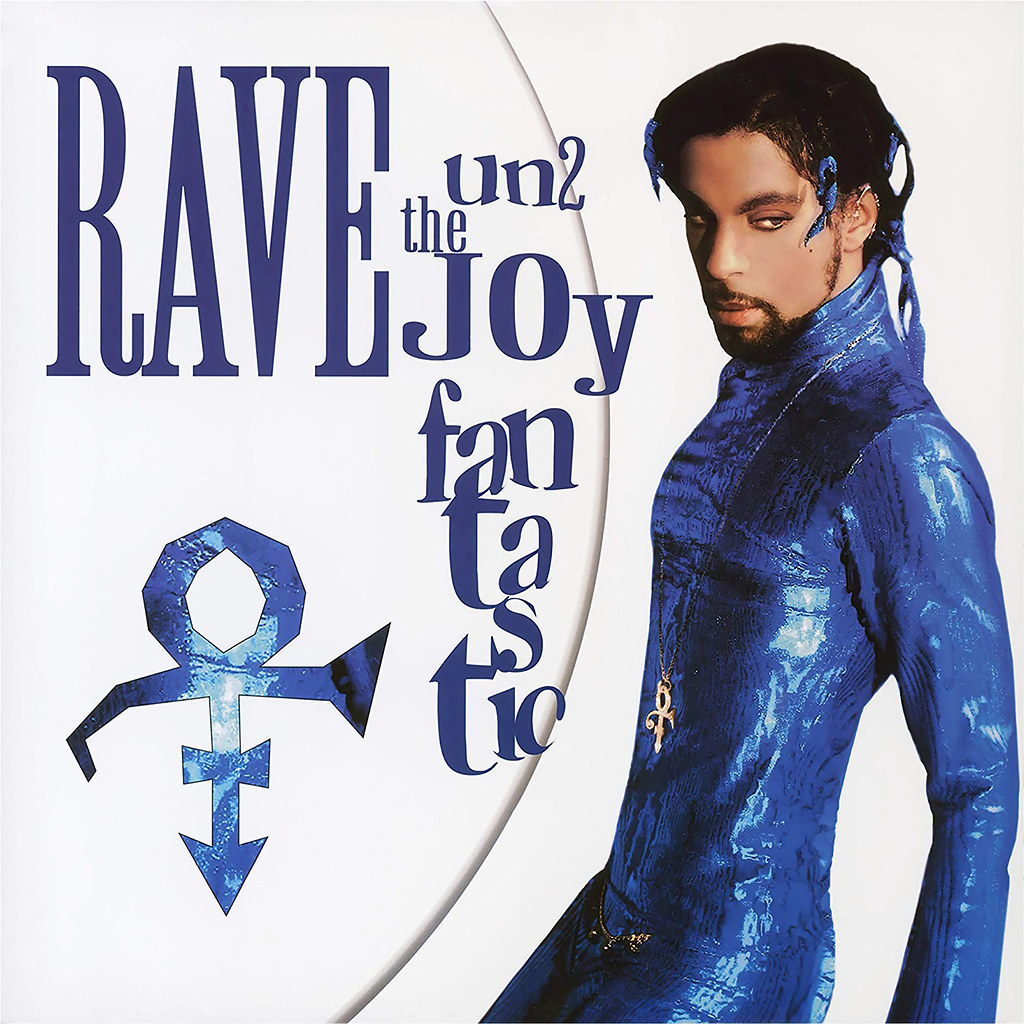
11. Reclaiming His Name and The 21st Century Resurgence
A pivotal moment in Prince’s career occurred on May 16, 2000, when he formally ceased using the ‘Love Symbol’ as his stage name and reverted to ‘Prince’. This decision was announced following the expiration of his publishing contract with Warner/Chappell, symbolizing a final break from the constraints he had fought against for years. During a press conference, he articulated his desire to be ‘freed from undesirable relationships associated with the name “Prince”‘. Despite this change, he continued to incorporate the symbol as a logo on album artwork and famously used a distinctive Love Symbol–shaped guitar, maintaining a visual connection to that era of his artistic expression.
For several years after the release of *Rave Un2 the Joy Fantastic*, Prince innovated his distribution methods, primarily releasing new music through his internet subscription services, NPGOnlineLtd.com, which later evolved into NPGMusicClub.com. This period saw the release of several albums, including *Rave In2 the Joy Fantastic* (2001), *The Rainbow Children* (2001), *One Nite Alone…* (2002), *Xpectation* (2003), *C-Note* (2004), *The Chocolate Invasion* (2004), and *The Slaughterhouse* (2004), showcasing his relentless creativity. Warner Bros. also released a second compilation, *The Very Best of Prince*, in 2001, featuring his most commercially successful singles from the 1980s, while Prince himself released his first live album, *One Nite Alone… Live!*, in 2002.
During this phase, Prince actively sought to foster a deeper connection with his dedicated fanbase. He engaged with them through the NPG Music Club, by conducting pre-concert sound checks, and by hosting yearly ‘celebrations’ at Paisley Park, his music studios. These events invited fans for tours, interviews, discussions, and exclusive music-listening sessions, some of which were filmed for an unreleased documentary directed by Kevin Smith. This direct engagement demonstrated his appreciation for his audience and his commitment to an intimate artist-fan relationship.
In 2004, Prince’s profile soared with high-visibility appearances and accolades. On February 8, he performed at the 46th Annual Grammy Awards alongside Beyoncé, delivering a captivating medley of his hits like ‘Purple Rain’, ‘Let’s Go Crazy’, and ‘Baby I’m a Star’, intertwined with Beyoncé’s ‘Crazy in Love’. The following month, he was inducted into the prestigious Rock and Roll Hall of Fame, with the award presented by Alicia Keys, Big Boi, and André 3000 of OutKast. During the ceremony, he performed a memorable, extended two-minute guitar solo as part of a tribute to George Harrison’s ‘While My Guitar Gently Weeps’, an iconic moment that solidified his legendary status as a guitar virtuoso.
April 2004 saw the release of *Musicology* through a one-album agreement with Columbia Records. The album experienced significant international chart success, rising into the top five in various countries including the US, UK, Germany, and Australia. Its US chart success was notably bolstered by an innovative strategy where CDs were included as part of concert ticket purchases, allowing each CD to count towards chart placement under the prevailing rules. That same year, *Rolling Stone* magazine named him the ‘highest-earning musician in the world’ with an annual income of $56.5 million, largely attributable to his highly successful *Musicology Tour*, which garnered two Grammy wins for the album. His resurgence continued with *3121*, released in March 2006 through Universal Music, which debuted at No. 1 on the Billboard 200, his first chart-topping debut. The album was promoted by the Salma Hayek-directed video for its first single, ‘Te Amo Corazón’, and a notable appearance on *Saturday Night Live*.
Read more about: Beyond the Headlines: Britney Spears’ Memoir Unveils Decades of Hidden Pacts and Profound Revelations
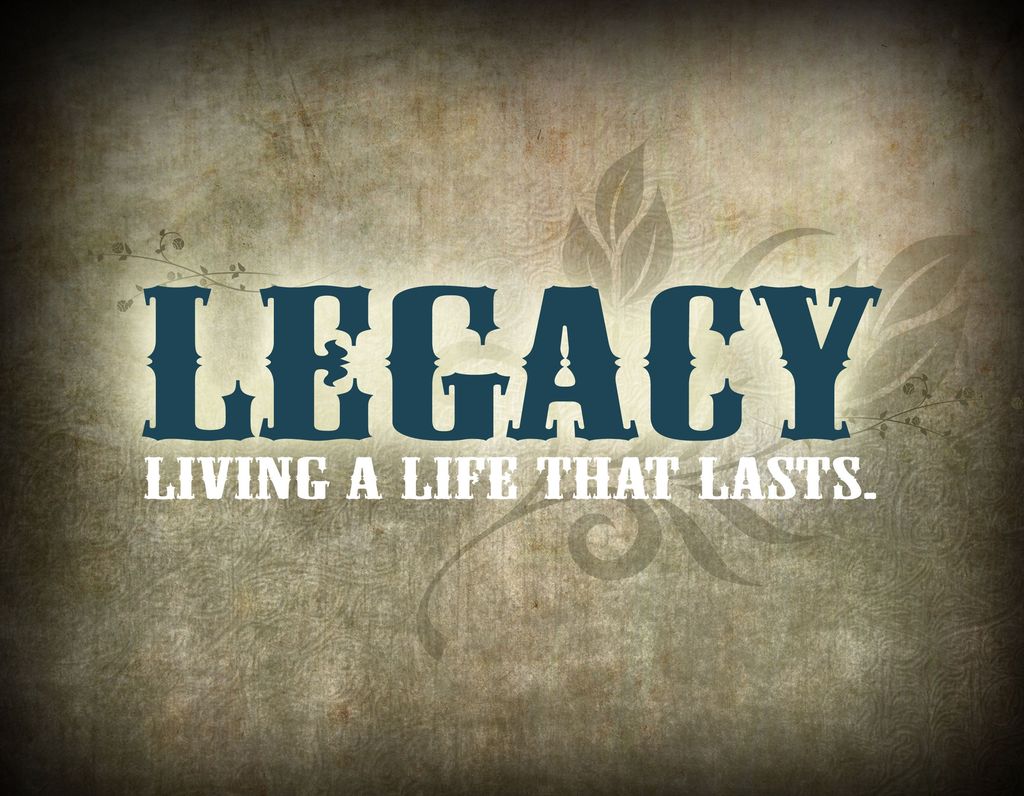
12. Enduring Legacy and Posthumous Influence
Prince Rogers Nelson’s extraordinary life came to an end on April 21, 2016, at the age of 57, following an accidental overdose of fentanyl at his Paisley Park home and recording studio in Chanhassen, Minnesota. Throughout his lifetime, he proved to be an exceptionally prolific musician, releasing 39 albums that profoundly shaped the landscape of global music. His passing left an immense void in the industry, but his artistic footprint remained indelible.
Beyond his official releases, Prince left behind a staggering amount of unreleased material, meticulously stored in a custom-built bank vault beneath his home. This vast archive includes numerous fully completed albums and over 50 finished music videos, a testament to his ceaseless creative drive. In the years since his death, his estate has diligently worked to issue ‘numerous posthumous collections of his previously unheard work’, ensuring that his artistic legacy continues to be discovered and celebrated by new generations of fans worldwide.
Prince’s commercial impact is equally staggering; he has sold more than 100 million records globally, firmly establishing his position among the best-selling music artists of all time. His contributions were recognized with an array of prestigious awards, including the Grammy President’s Merit Award, the American Music Awards for Achievement and of Merit, the Billboard Icon Award, an Academy Award for *Purple Rain*, and a Golden Globe Award, underscoring his multi-faceted talent across music and film.
His lasting influence has been cemented through multiple inductions into revered institutions. He was inducted into the Rock and Roll Hall of Fame in 2004, the UK Music Hall of Fame in 2006, and the Rhythm and Blues Music Hall of Fame in 2016. In 2022, he received dual inductions into the Black Music & Entertainment Walk of Fame. Estimates of his complete songwriting output range ‘anywhere from 500 to well over 1,000’ songs, a phenomenal testament to his boundless imagination and a legacy that continues to inspire and resonate across the cultural landscape.
Read more about: Cracking the Code: 15 Intriguing Revelations from Elvis Presley’s Journey to Stardom and Final Act
Ultimately, Prince’s career stands as a testament to unparalleled artistic self-determination and boundless creativity. From his early pioneering of the Minneapolis sound to his fierce battles for artistic control and his later embrace of digital distribution, he consistently redefined what was possible in popular music. His flamboyant persona, instrumental virtuosity, and innovative fusion of genres not only captivated millions but also irrevocably altered the landscape of contemporary culture, leaving an enduring imprint that continues to resonate globally.

